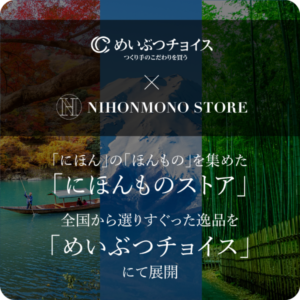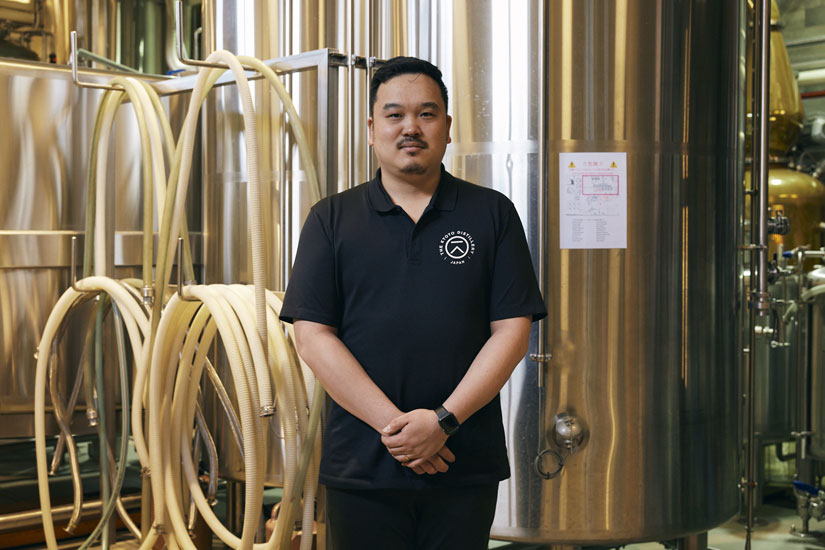Kyoto not only preserves tradition, but also has the ability to sublimate it and create new values,” said Masashi Takahashi, a distiller at Kyoto Distillery Co. I am moved by this spirit,” said Masashi Takahashi, a distillation engineer at Kyoto Distillery, which is responsible for the production of the craft gin “Kinobi. How was KINOBI, which has won awards at international sake competitions and attracted attention both in Japan and abroad, born? The birth of Ki-no-Mi and its unique manufacturing process are based on a deep respect for Kyoto.
A new experiment at Japan’s first distillery specializing in craft gin
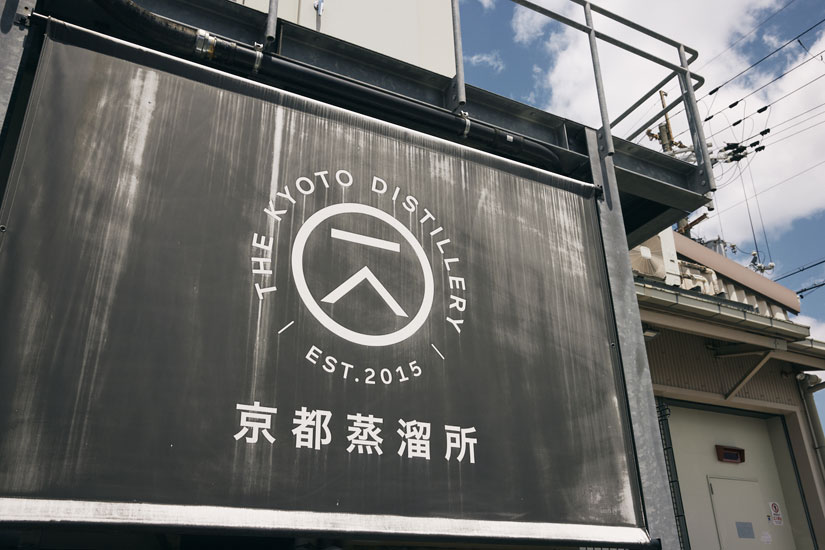
The Kyoto distillery’s beginnings date back to 2015. The founder had been involved in importing and selling sake for many years, but he founded Kyoto Distillery in 2015 out of a desire to deliver sake made by his own hands, rather than just buying and selling.
For the founder, who hails from England, gin was a familiar presence. Whenever he enjoyed conversation with friends or went to watch rugby, he always had a bottle of gin in his hand, and it was a part of his life. This, combined with my love of Japan, led me to the decision to create a gin that would fit in with the Japanese climate and be loved around the world,” says Takahashi.
Incidentally, gin is an alcoholic beverage made from agricultural alcohol and flavored with juniper berries, with the juniper berry aroma being the predominant flavor. The bottled alcohol content must be 37.5% or higher, and only ingredients derived from nature or chemically compatible with it are used for flavoring.
After much research and preparation, the company obtained Kyoto’s first gin production license; the factory was completed in 2016, and Ki no Bi Kyoto Dry Gin went on sale in October of the same year.
Why and how we chose Kyoto as the location for Ki no Bi
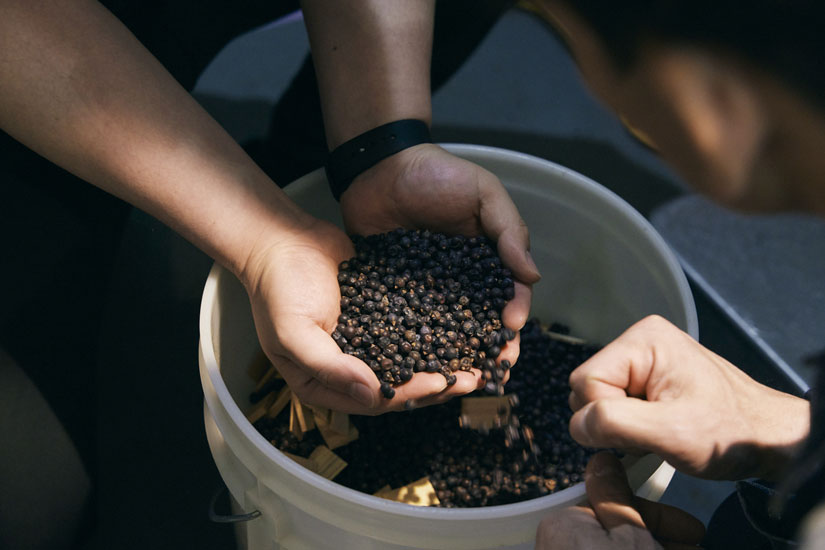
One of the appeals of Ki no Bi is the ingredients and culture rooted in Kyoto. While most gins are made from wheat or barley, Ki no Bi is made from rice, which is distilled into a spirit. Kyoto botanicals are added to add aroma and flavor, resulting in a delicate, mellow taste that is familiar to the Japanese palate.
The botanicals include gyokuro, yuzu, red pine, and sansho, which are rarely produced overseas. The subtle astringency of gyokuro complements the sweetness of the base rice,” says Takahashi. It is evident that Takahashi places great importance on the compatibility and balance of the ingredients. For water, which is essential for gin-making, Takahashi uses water from Fushimi, one of the most famous sake breweries in Japan. Local ingredients are carefully selected one by one to fit in with the Japanese lifestyle.
The founder also believed that Kyoto is a place where craftsmanship is deeply rooted, with many traditional crafts being passed down from generation to generation. One of the reasons he chose Kyoto was to express this world view.
Kyoto botanicals weave together to create a distinctly Japanese flavor

Most of the gins distributed around the world are characterized by their crisp, dry taste. In contrast, Ki no Bi has a mild and gentle flavor. This seemingly contradictory originality is made possible by the Kyoto distillery’s unique manufacturing process.
In general, gin is distilled with all alcohol and botanicals in one batch. Ki no Bi, however, uses a time-consuming method in which 11 botanicals are classified into 6 groups according to their characteristics, distilled separately, and then blended together.
The six groups are: Base (Cornerstone), Citrus (Citrus), Tea (Tea), Spice (Spicy), Fruity & Floral (Aromatic), and Herbal (Rin). The distillation process is optimally timed to maximize the aroma and flavor of each ingredient.
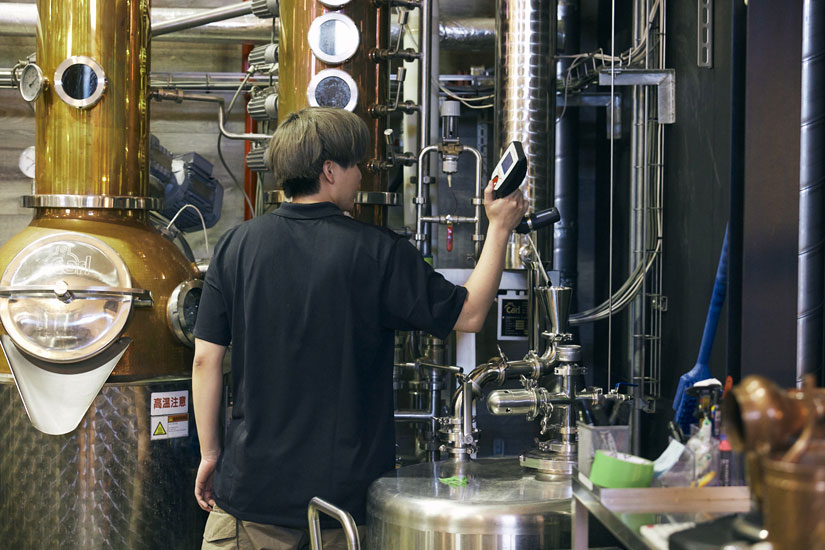
Our commitment is to use Kyoto botanicals in their freshest state. We want to bring out the best in each ingredient. With this in mind, we change the order of distillation and the temperature of each distillation. Mr. Takahashi’s words, spoken with a serious look in his eyes, reveal his deep love for gin making.
A Japanese Worldview in a Western Sake
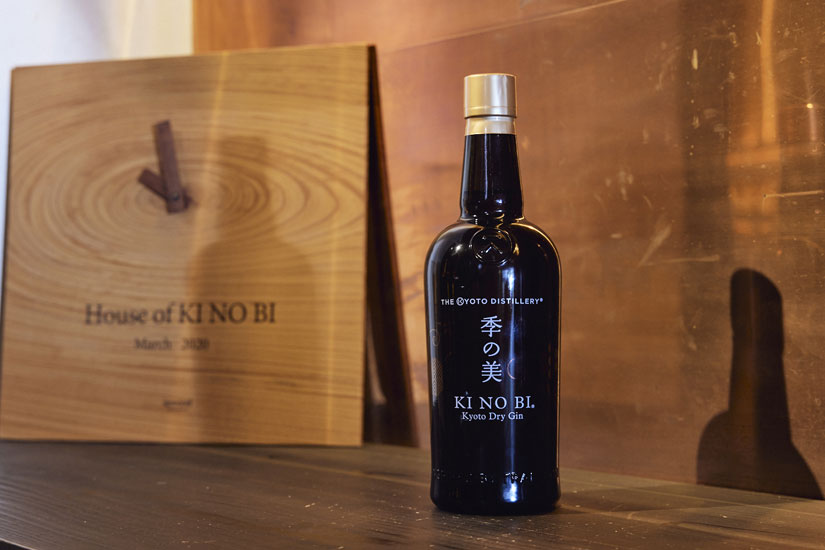
Ki-no-Bi” is designed to evoke a sense of “Japan” not only in taste, but also in sight and touch. The ink-colored bottle is decorated with a design by KIRA KARACHO, a karakami (Japanese paper) shop that has been in business since the Edo period (1603-1868), and has a chic look that conveys the traditional beauty of Japan to the modern age.
The label is designed to evoke a sense of Japan’s four seasons and culture when you see it or hold it in your hand. The “experience” begins even before you drink it.
After gaining global recognition, the next goal is to “spread Japanese culture to the world.
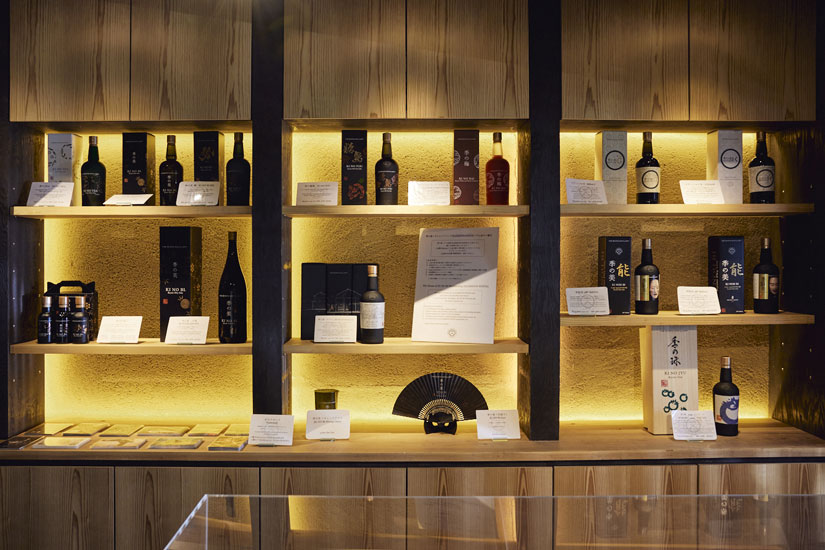
In just a few years since establishing Japan’s first distillery specializing in gin, Kyoto Distillery has gained worldwide acclaim.
In 2021, the distillery was awarded the top prize “Trophy” at the IWSC (International Wine & Spirits Competition), and won four awards at the World Gin Awards 2022.
The “Trophy” was the highest award at the IWSC (International Wine & Spirits Competition) and won four awards at the World Gin Awards 2022. Our unique distillation method of distilling 11 botanicals in 6 groups also seemed to be fresh.
Ki-no-Mi” is a craft gin that skillfully expresses Japan’s uniqueness and has a strong presence around the world. The Japanese culture is reflected in the ingredients, manufacturing process, design, and other details.
Currently exported to approximately 70 countries, it has grown to become a gin that attracts overseas fans as well. We want more people to know about Ki no Bi, and we want people all over the world to feel the beauty of Japan,” says Takahashi enthusiastically. This challenge, which began in Kyoto, will continue to attract attention in the future.
